Why art in a pop capital deserves a second look
Gangnam carries a strong association with music idols and commercial polish, yet the district also shelters small galleries, experimental studios, and walls filled with color. Visitors who value texture beyond chart hits find an art scene that changes block by block. This article maps the cues that help you find independent spaces, understand their rhythms, and appreciate the craft on display.
Finding small rooms with big intention
Independent galleries rarely shout for attention. Subtle signage, staircases to second floors, and windows showing a single sculpture announce their presence. Staff may be few, but they often speak in practical terms about the work: mediums used, exhibition length, and artist backgrounds. Ask simple questions—how long will this show run, and what time of day brings fewer crowds? Direct answers reveal whether an unhurried visit is possible.
Studios that share floors with cafes or bookstores bring cross-traffic and conversation. These mixed-use buildings let you move between a latte and a lithograph without stepping back outside. Keep an eye on flyers near counters, which often list weekend workshops or late openings. Such events allow visitors to watch process, not just finished pieces.
Murals and outdoor color as a public diary
Street murals in Gangnam act as a living record. Some pay homage to cultural icons, while others use abstract forms to create motion down narrow lanes. Morning light helps you see paint textures and brush direction; evening light adds drama and contrast. Photography etiquette matters. Step back to include context—windows, signs, and street corners—so the mural’s relationship with the block remains visible. Crowds gather for social posts, but patience yields clear frames without interrupting traffic.
Public art changes, and that flux adds to the appeal. A piece you loved may vanish under a new concept months later. Asking nearby shop owners about the artist or the timeline often produces quick stories: how long the painting took, community reactions, or the night the lift arrived. These details turn a wall into a narrative.
Indie curation and the value of short runs
Small galleries often run compact shows that last a few weeks, not months. The short cycle keeps spaces fresh and gives early-career artists a platform. You may see media variety—ceramic, textile, digital prints—presented with tight focus. Labels tend to be concise, and many 강남야구장 venues share QR codes for extended notes. If you prefer print, ask for a handout; it helps you remember names and dates later.
Pricing can surprise, but staff often welcome conversation without pressure to buy. If you find a piece that resonates, ask about edition sizes, framing guidance, and care instructions. Buyers who travel appreciate tips on packaging and international shipping. These practical discussions reflect respect for both the work and the visitor’s needs.
Cafes, zines, and the rhythm between spaces
Creative neighborhoods in Gangnam often pair galleries with cafes that carry small-batch roasts, teas from noted farms, or dessert menus that mirror the visual care of nearby art. Some cafes stock zines, postcards, and artist-made goods. Picking up a small print keeps luggage light while supporting the scene. You may also find reading corners where local magazines cover design and architecture, adding context to what you see on walls.
A pleasant loop combines art and rest: gallery, cafe, mural walk, then a second gallery on a perpendicular street. That rhythm prevents fatigue and rewards close looking. If rain interrupts, indoor corridors inside mixed-use buildings keep you dry while maintaining access to studio doors.
Respect for space and the people who keep it
Good etiquette strengthens independent art ecosystems. Ask before taking close-up photos of pieces inside. Keep drinks away from pedestals and frames. Speak softly when a room holds only a handful of visitors. A few minutes of care invite longer conversations with curators, who often offer recommendations for other spaces nearby. Those verbal maps become your best tool, pointing you to tucked-away rooms you might miss otherwise.
Gangnam’s art scene does not announce itself with billboards. It grows in small rooms, side streets, and walls that carry fresh paint. Visitors who look beyond headline acts find a district willing to reward patient attention.



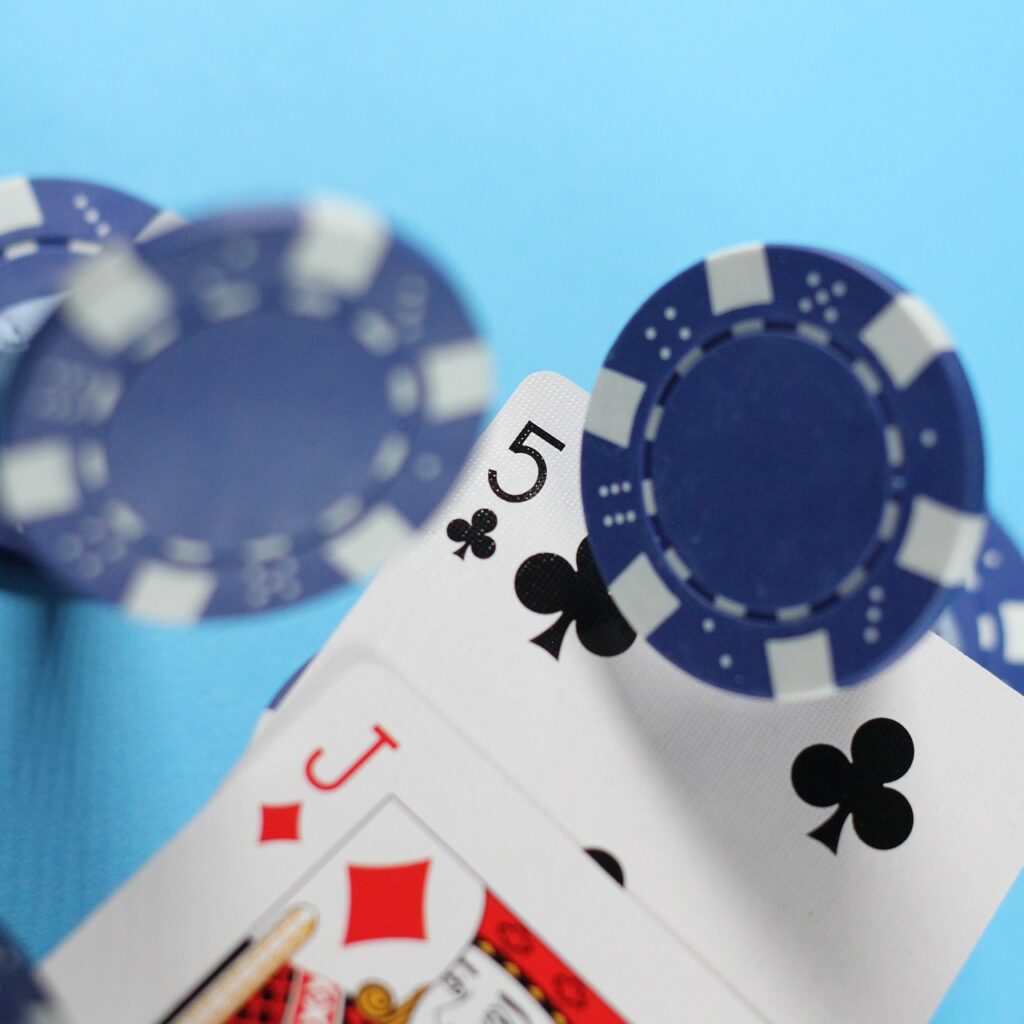

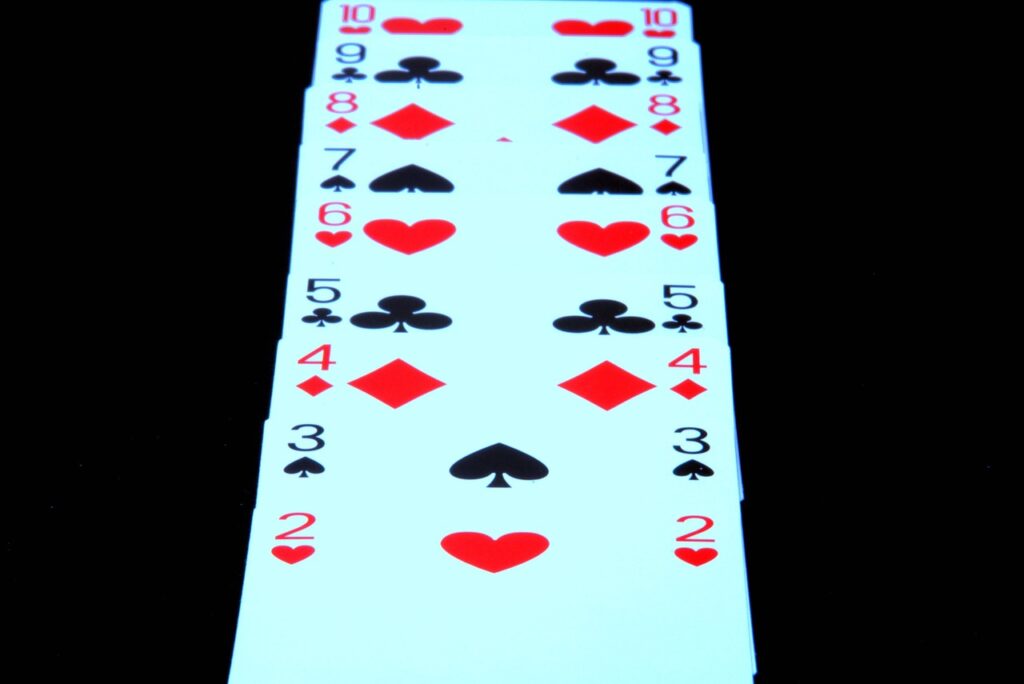


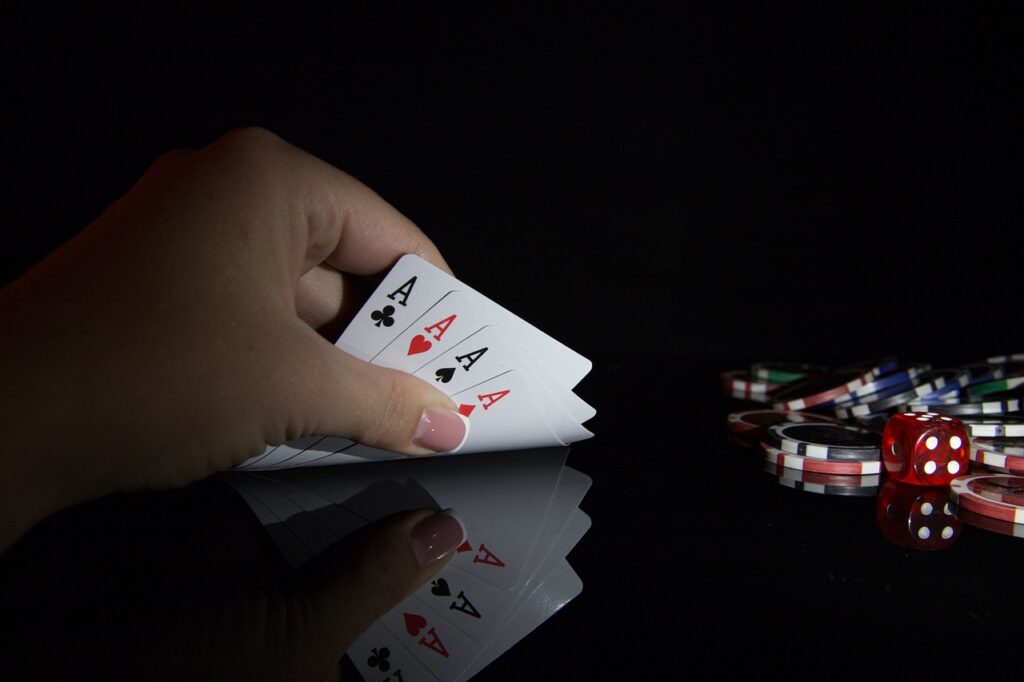

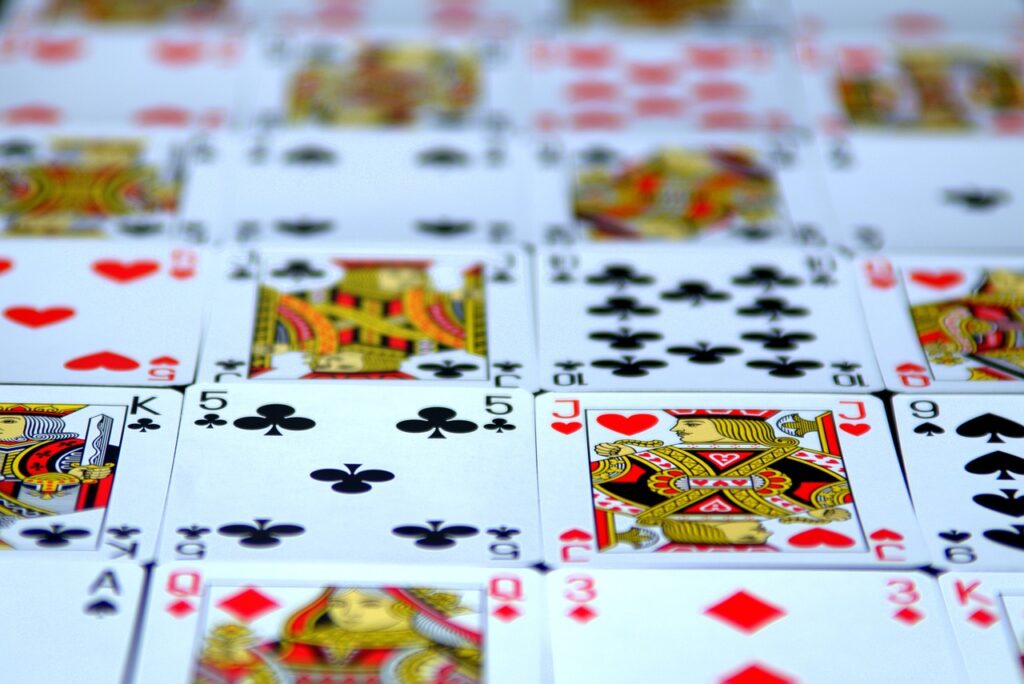

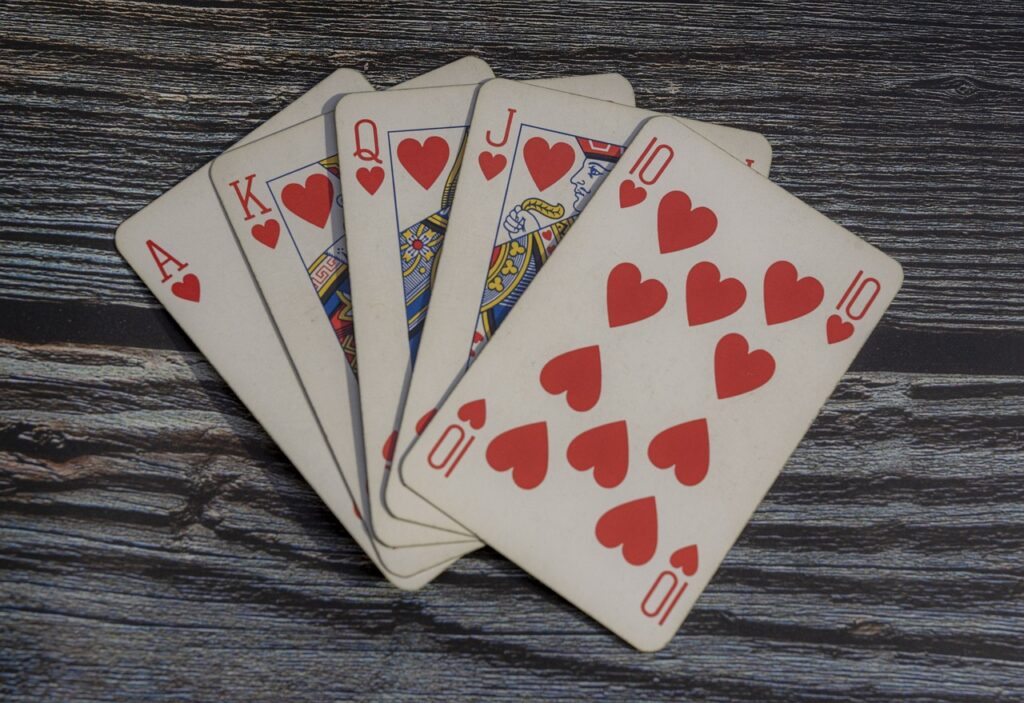
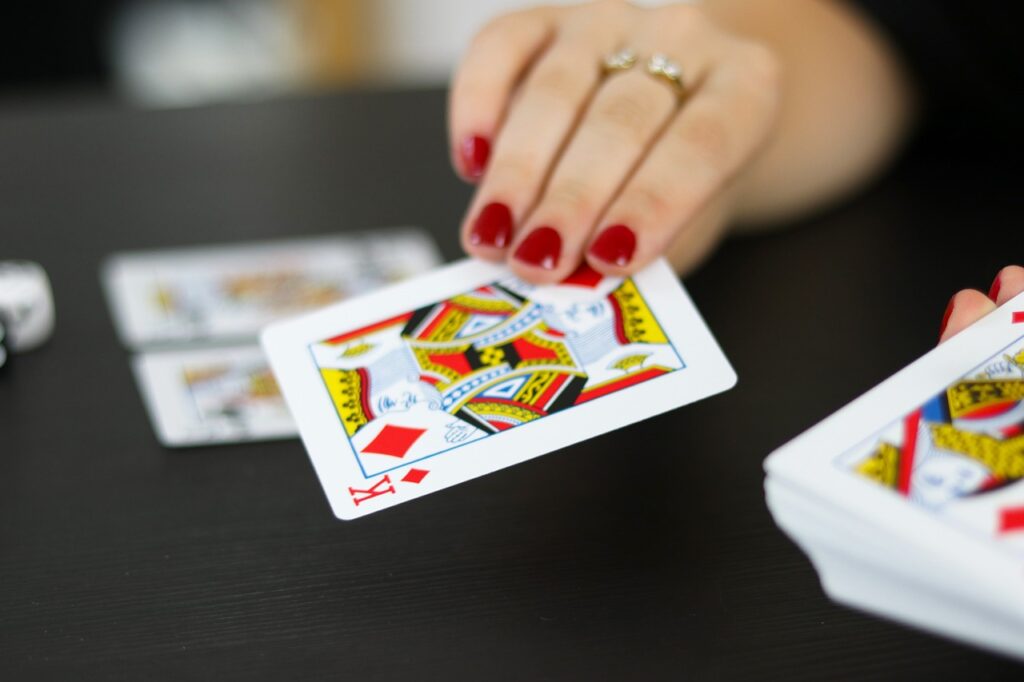

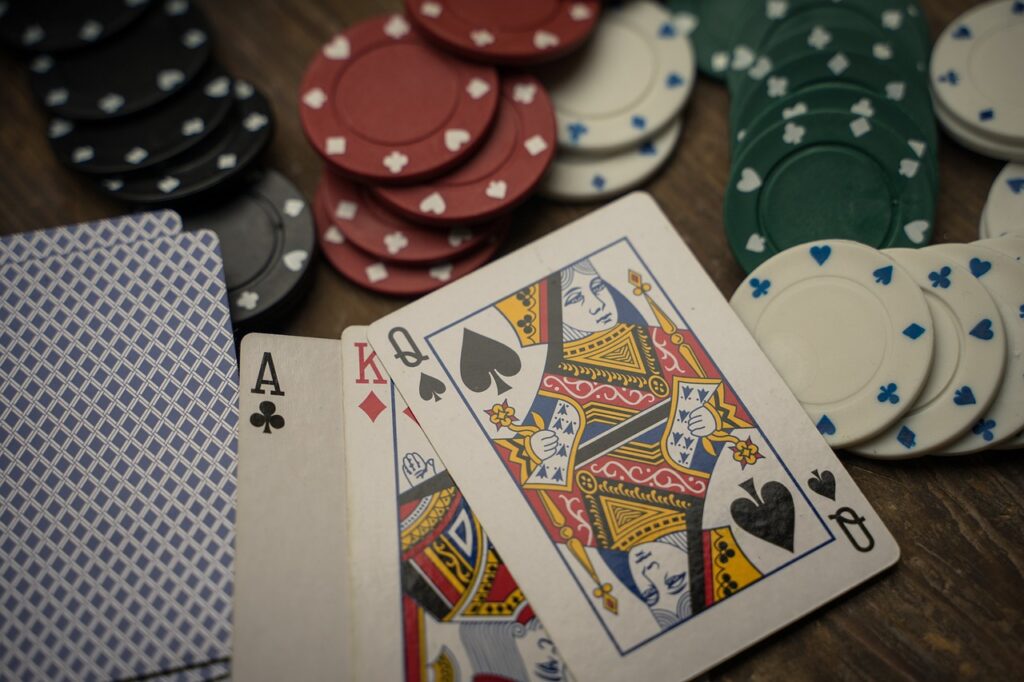
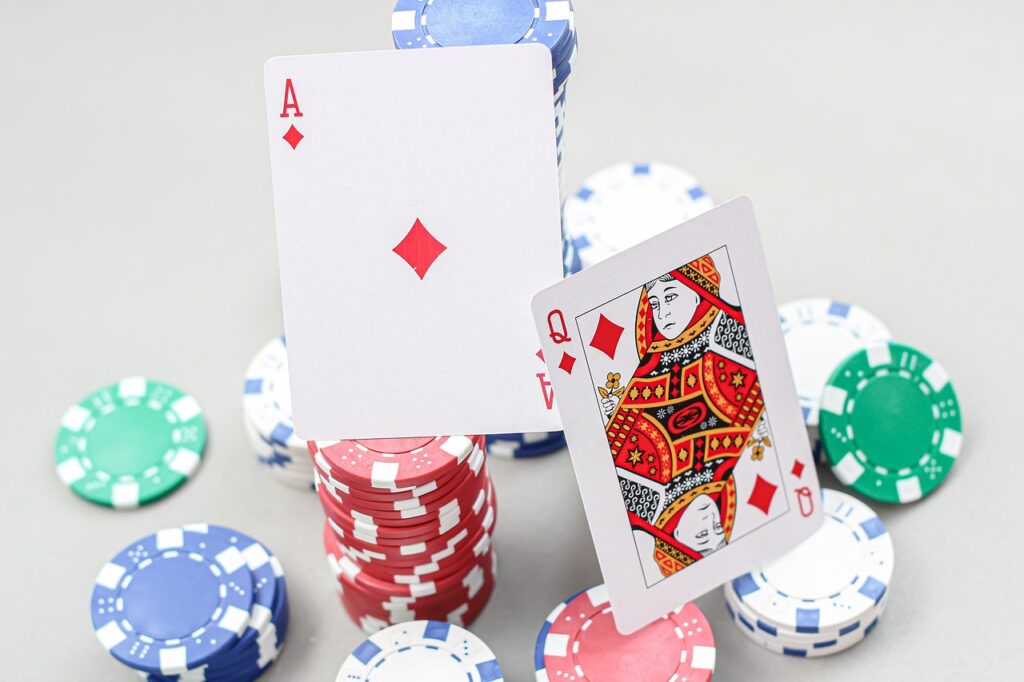
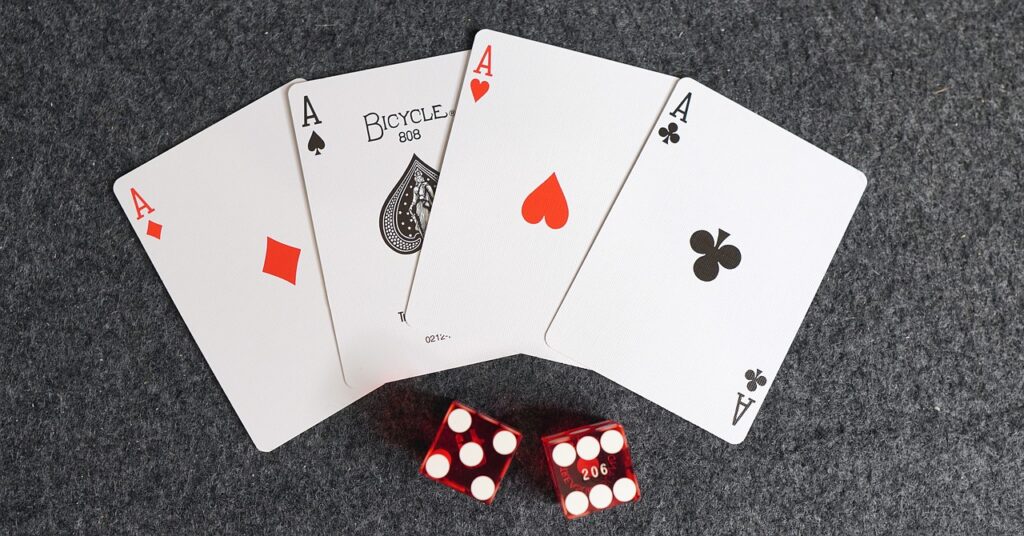
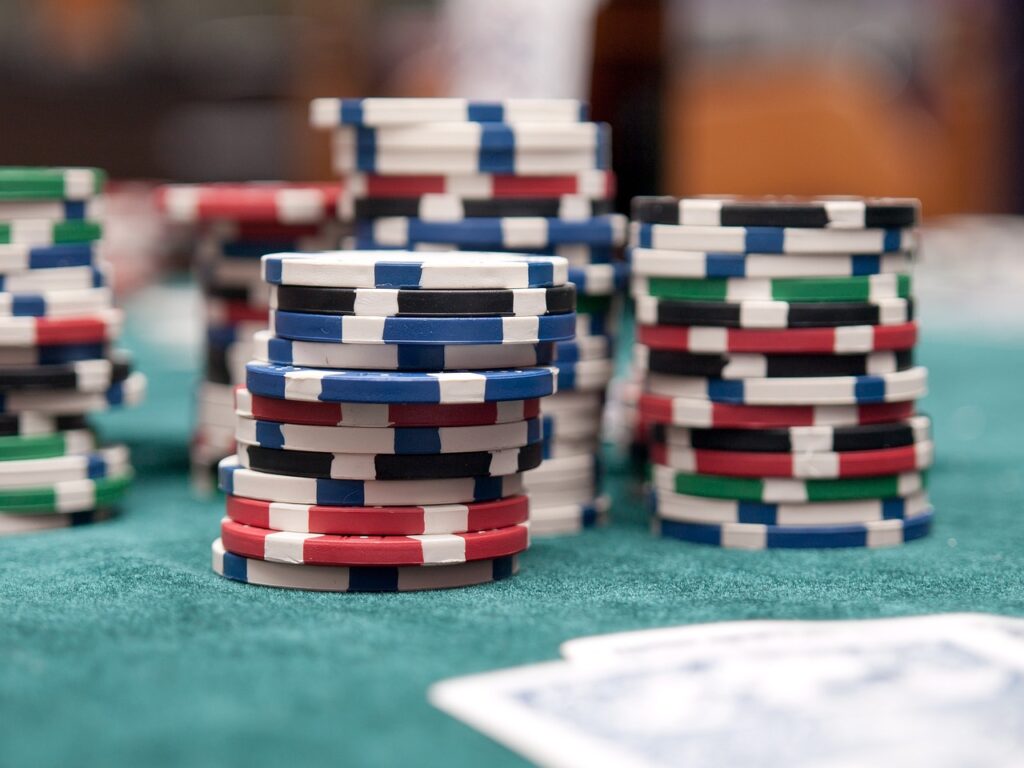
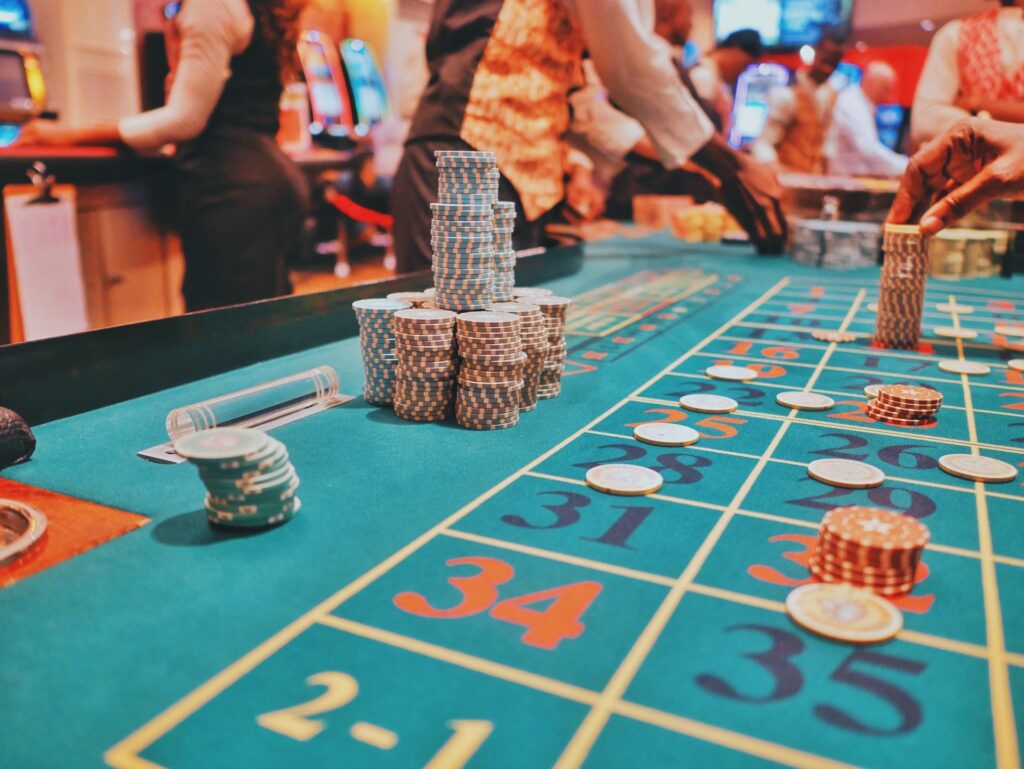
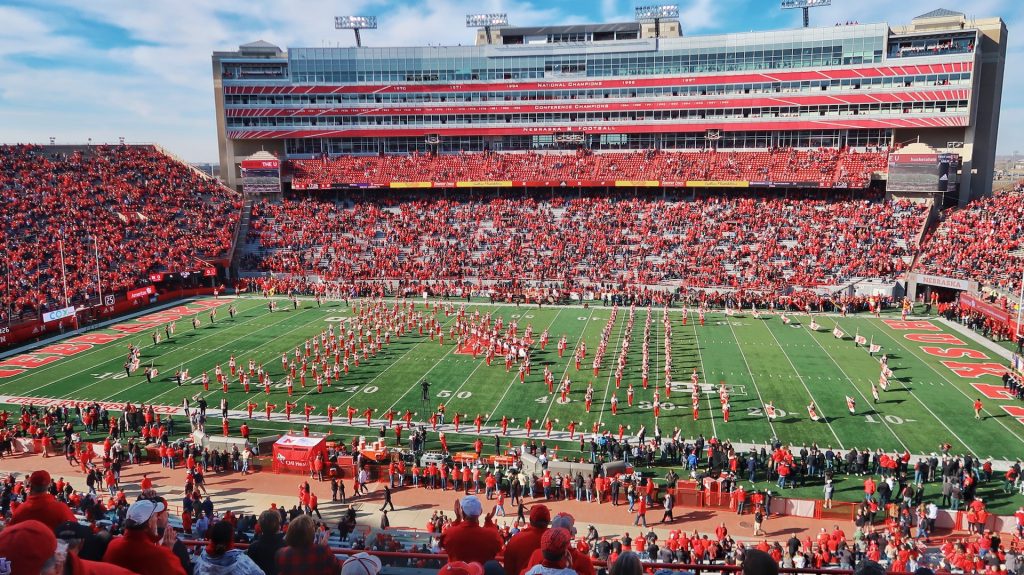
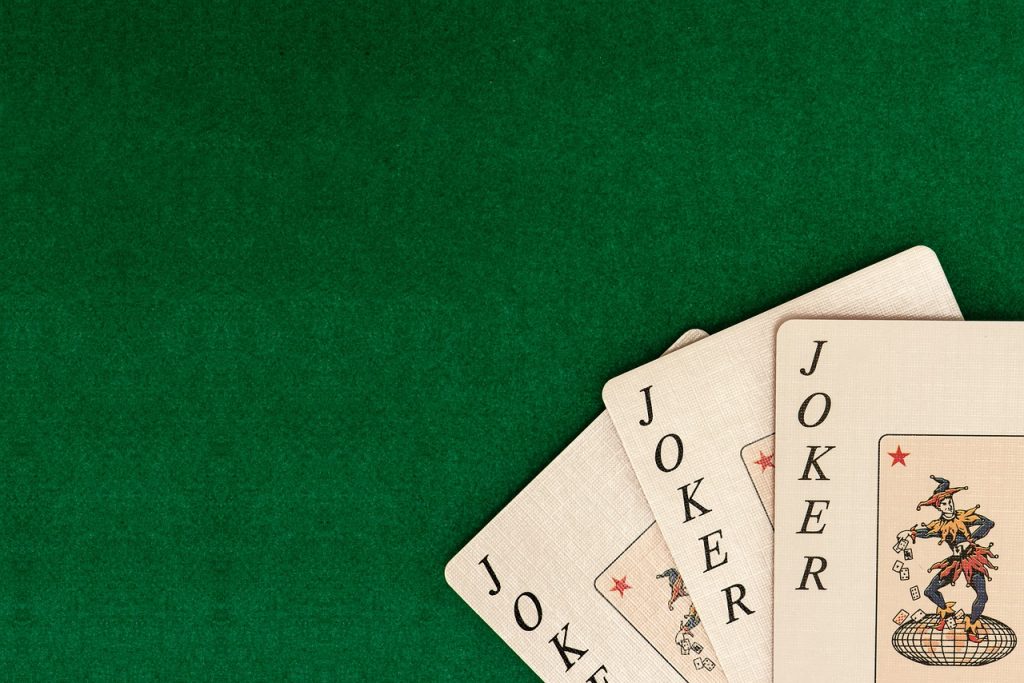
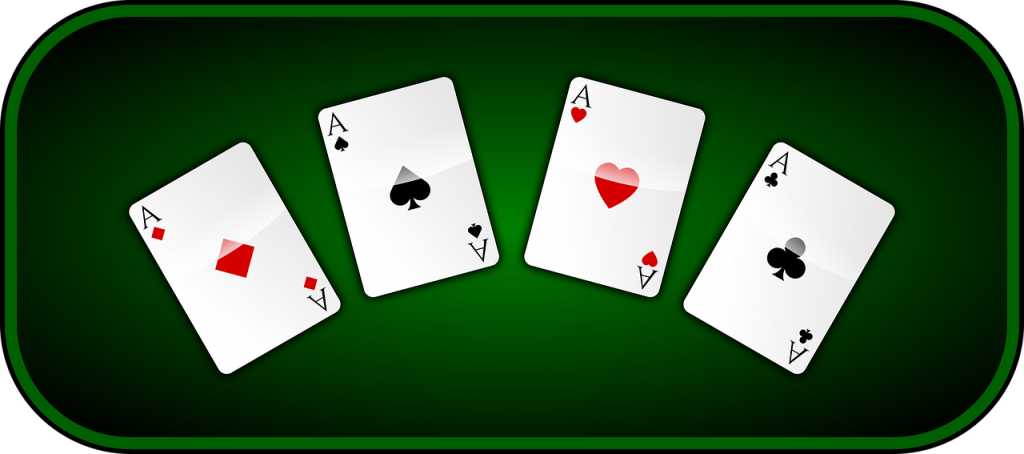

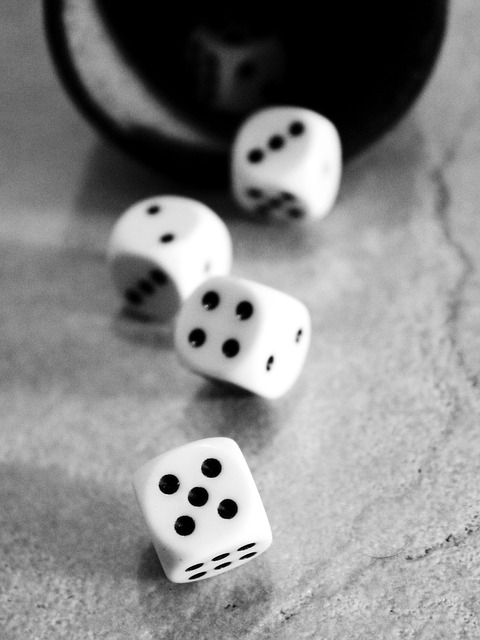

Follow Us!